The 2015 London Festival of Architecture launches with a new Focus Country
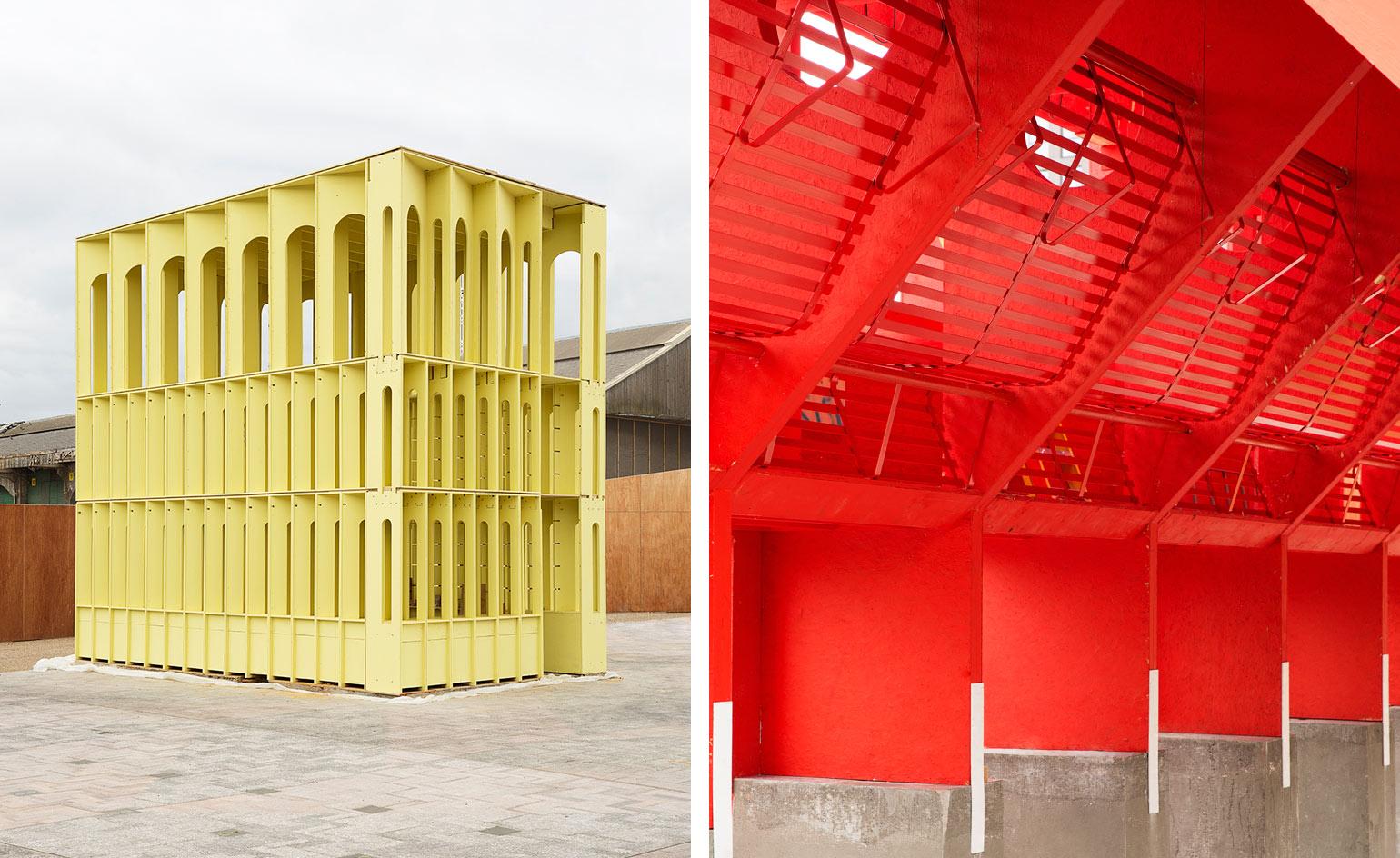
The London Festival of Architecture, the capital's annual celebration of architecture and the built environment, is back. The month-long extravaganza launches today with a wealth of activities all over London, promising something for everybody, around a central theme: Work In Progress.
Shining a spotlight on London's international character, this year's offerings - a striking collection of over 240 talks, exhibitions, tours and installations - include a key brand new initiative. Having a Focus Country does exactly what it says on the tin and this year's protagonist is Ireland. In collaboration with Irish Design 2015, a vehicle set up for the promotion and showcase of Ireland's creative design talent, the festival marks its launch by unveiling two pavilions on Kings Cross' latest public space, the Lewis Cubitt Square.
Naturally, both structures are designed by Irish practices - there is a vibrant yellow cubic shelter by Hall McKnight and a bright red structure, reminiscent of a stage set, by a group of young Dublin-based architects, including Clancy Moore, TAKA and Steven Larkin. Flanking the square, the vividly coloured structures were created in a record 10-days and were conceived as spaces for the public to interact and engage with architecture. 'They had to be interactive, dynamic and the public should be able to engage with them,' explains ID2015 Chief Executive Karen Hennessy. 'We wanted them also to be a performance.'
The notion of performance did indeed come into the discussion quite a bit, explains Andrew Clancy of Clancy Moore, as did ideas around collaboration and authorship, which were equally important to the team. 'Architecture is not a solitary discipline and for us, it would be more legitimate to do something were individual authorship is to that visible.' Creating something that would be part of the public space was central to the design process and the red pavilion was designed as a public installation that can be used - visitors can sit there, walk through, while it will also be used for events.
This is why the SmartPly Oriented Strand Board (a plywood alternative) and concrete installation was created to be open, as 'part of a large façade', he says. 'The façade of every building is its most public space. The places were people gather are often a type of threshold.' Even its colour was a carefully thought-out choice, referencing the iconic London telephone box, a space, Clancy says, that sits between a room and a piece of infrastructure.
The yellow pavilion, in contrast, is more enclosed. Inside, it hosts bricks from a row of terraced houses from Belfast, where Hall McKnight have their base. It was designed as an exploration of how 'the city is assembled from individual parts', explain the architects, which feels like a perfect fit for the festival's overall theme.
Kicking off with a big bash tonight, around the newly completed pavilions, LFA 2015 will unroll in the next four weeks with a host of explorations around its wide-reaching theme. We will follow the developments week-by-week, picking our highlights, from London's exciting ongoing developments to the future of workspace. Watch this space…

The structures sit at Kings Cross' new Lewis Cubitt Square. One of the pavilions
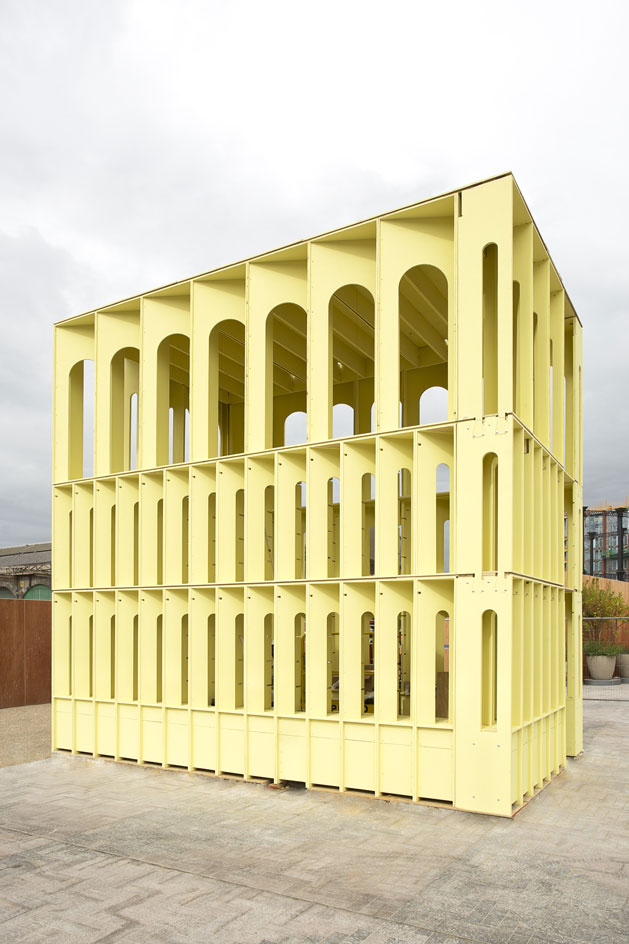
The bright yellow installation by Hall McKnight explores how 'the city is assembled from individual parts', explain the architects
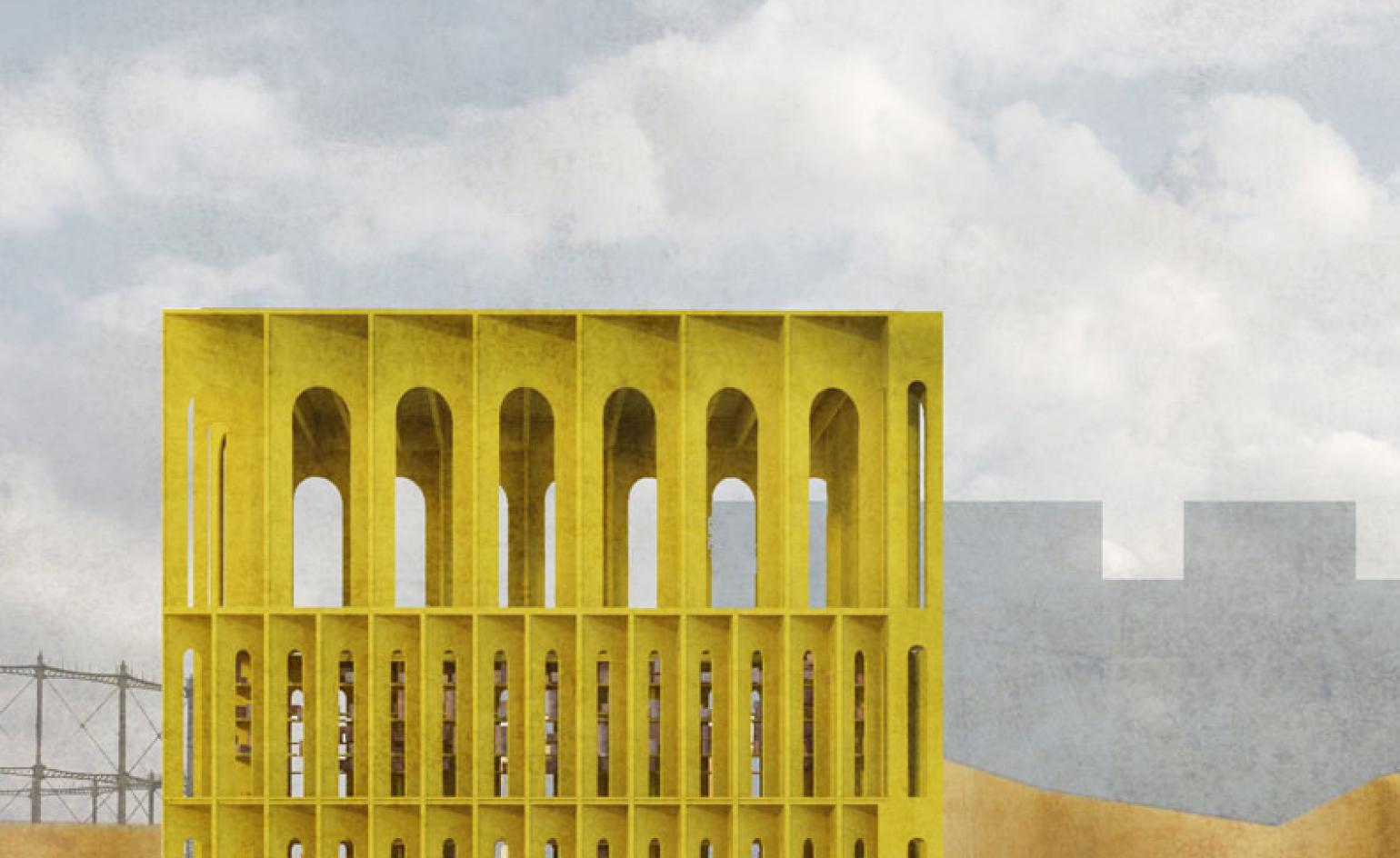
Illustrating this, it includes bricks from a row of terraced houses in Belfast, bringing a piece of Ireland to London
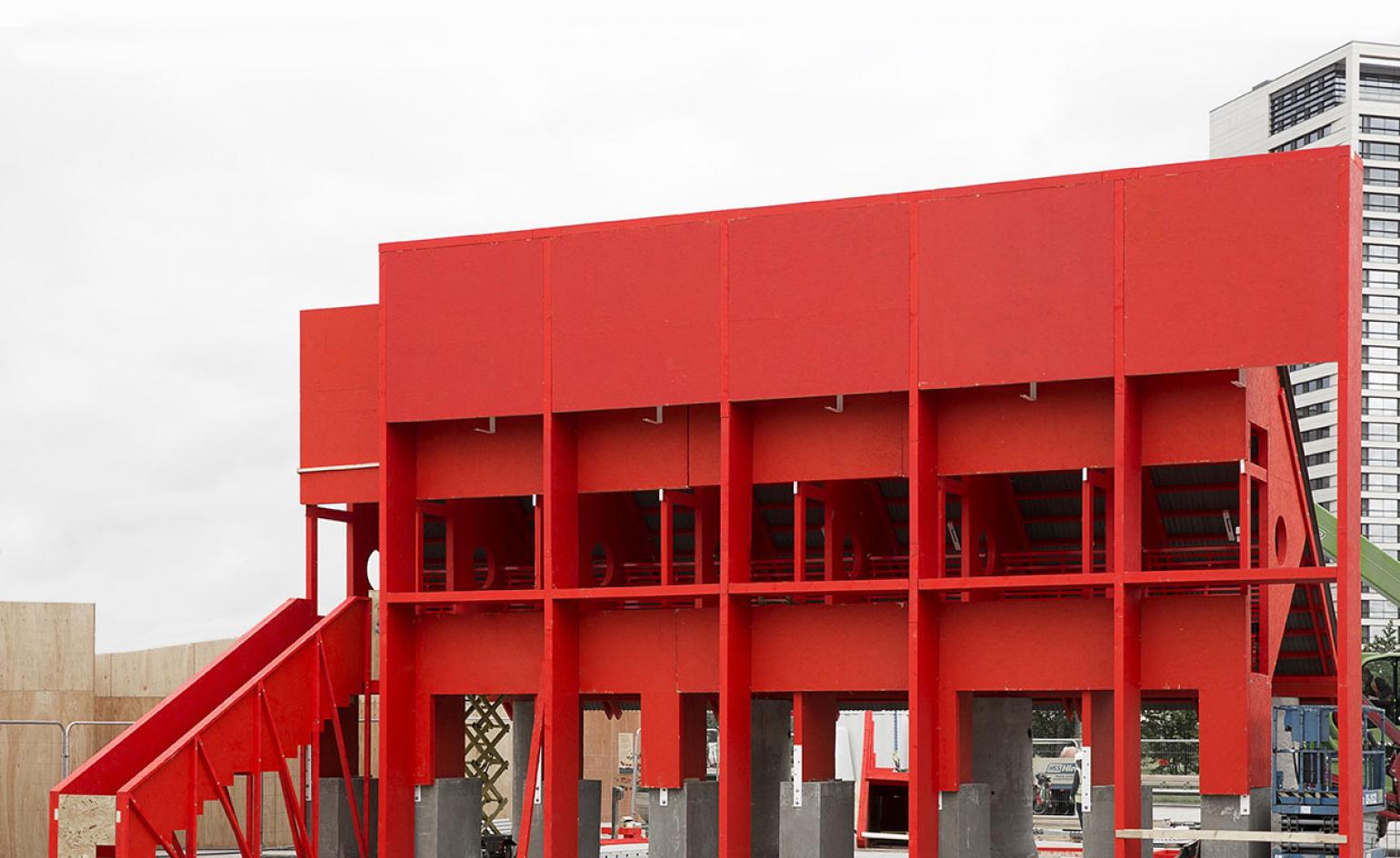
The vibrant red pavilion
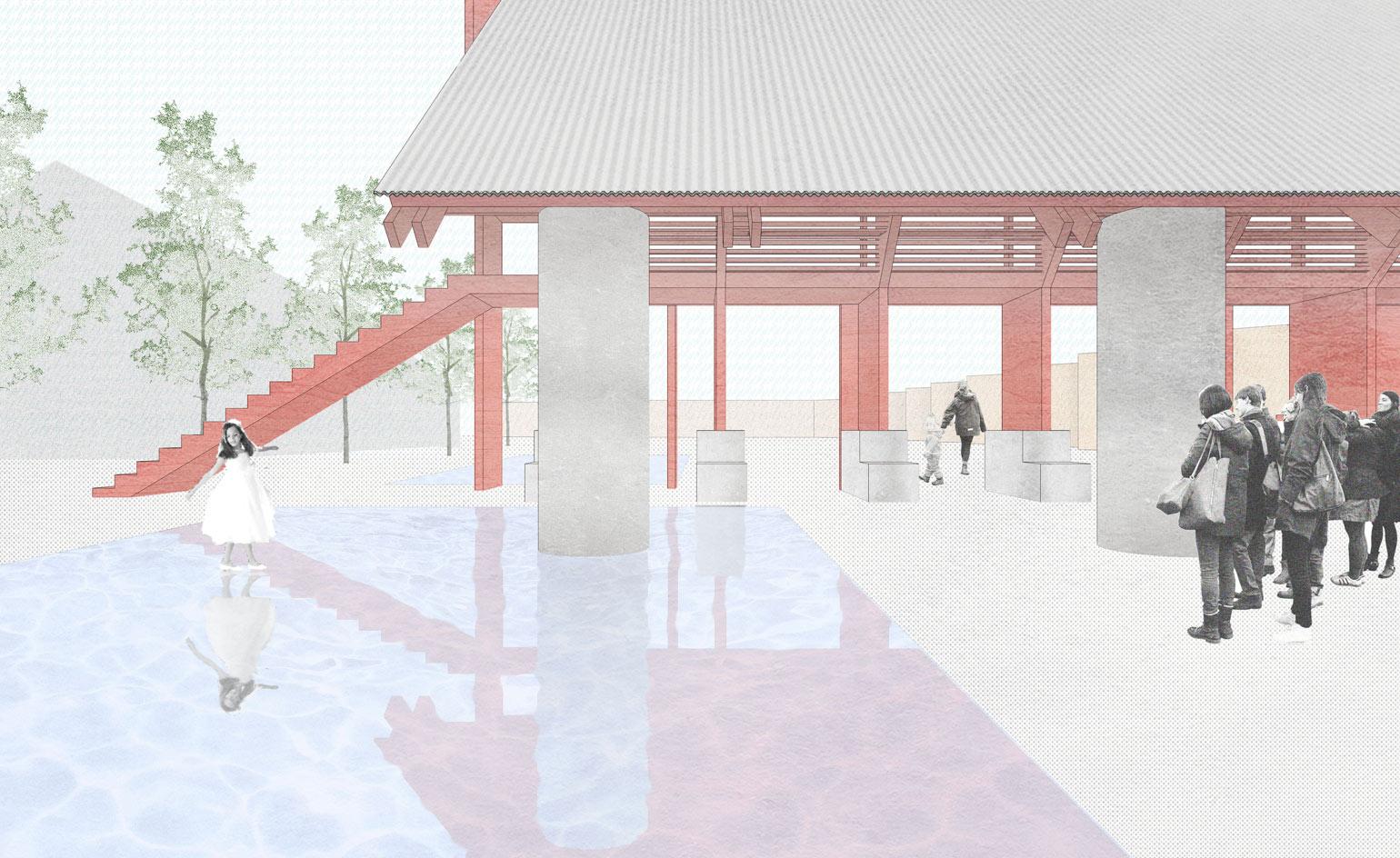
It was conceived as a multi-functional space that can adapt to many uses, from leisure activities to events and performances
ADDRESS
Venues across London from 1 until 30 June
Receive our daily digest of inspiration, escapism and design stories from around the world direct to your inbox.
Ellie Stathaki is the Architecture & Environment Director at Wallpaper*. She trained as an architect at the Aristotle University of Thessaloniki in Greece and studied architectural history at the Bartlett in London. Now an established journalist, she has been a member of the Wallpaper* team since 2006, visiting buildings across the globe and interviewing leading architects such as Tadao Ando and Rem Koolhaas. Ellie has also taken part in judging panels, moderated events, curated shows and contributed in books, such as The Contemporary House (Thames & Hudson, 2018), Glenn Sestig Architecture Diary (2020) and House London (2022).
-
 Inside Helmut Lang’s fashion archive in Vienna, which still defines how we dress today
Inside Helmut Lang’s fashion archive in Vienna, which still defines how we dress todayNew exhibition ‘Séance de Travail 1986-2005’ at MAK in Vienna puts Helmut Lang’s extraordinary fashion archive on view for the first time, capturing the Austrian designer-turned-artist’s enduring legacy
-
 Eclectic and colourful, Charlie Ferrer’s home reflects the interior designer’s personal and professional evolution
Eclectic and colourful, Charlie Ferrer’s home reflects the interior designer’s personal and professional evolutionThe New York interior designer invites us into his new Greenwich Village home: come on in
-
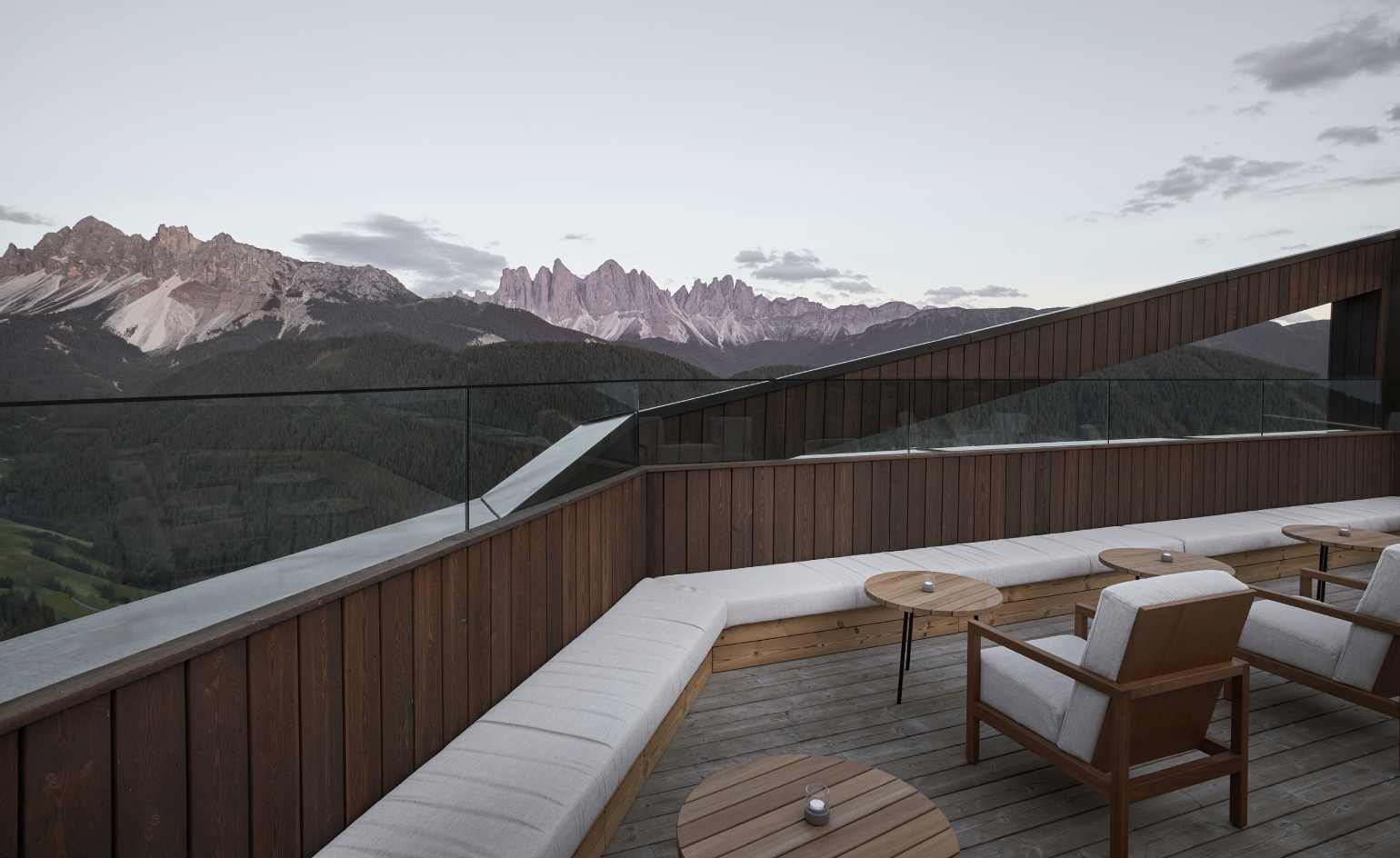 Heading to the 2026 Winter Olympic Games? Don’t miss these stops along the way
Heading to the 2026 Winter Olympic Games? Don’t miss these stops along the wayAs the anticipated winter games draw near, Wallpaper*’s Milan editor, Laura May Todd, shares where to stay, eat, drink and relax in the Dolomites
-
 RIBA House of the Year 2025 is a ‘rare mixture of sensitivity and boldness’
RIBA House of the Year 2025 is a ‘rare mixture of sensitivity and boldness’Topping the list of seven shortlisted homes, Izat Arundell’s Hebridean self-build – named Caochan na Creige – is announced as the RIBA House of the Year 2025
-
 In addition to brutalist buildings, Alison Smithson designed some of the most creative Christmas cards we've seen
In addition to brutalist buildings, Alison Smithson designed some of the most creative Christmas cards we've seenThe architect’s collection of season’s greetings is on show at the Roca London Gallery, just in time for the holidays
-
 In South Wales, a remote coastal farmhouse flaunts its modern revamp, primed for hosting
In South Wales, a remote coastal farmhouse flaunts its modern revamp, primed for hostingA farmhouse perched on the Gower Peninsula, Delfyd Farm reveals its ground-floor refresh by architecture studio Rural Office, which created a cosy home with breathtaking views
-
 A revived public space in Aberdeen is named Scotland’s building of the year
A revived public space in Aberdeen is named Scotland’s building of the yearAberdeen's Union Terrace Gardens by Stallan-Brand Architecture + Design and LDA Design wins the 2025 Andrew Doolan Best Building in Scotland Award
-
 The Architecture Edit: Wallpaper’s houses of the month
The Architecture Edit: Wallpaper’s houses of the monthFrom wineries-turned-music studios to fire-resistant holiday homes, these are the properties that have most impressed the Wallpaper* editors this month
-
 A refreshed 1950s apartment in East London allows for moments of discovery
A refreshed 1950s apartment in East London allows for moments of discoveryWith this 1950s apartment redesign, London-based architects Studio Naama wanted to create a residence which reflects the fun and individual nature of the clients
-
 In this Cotswolds home, drama meets minimalism
In this Cotswolds home, drama meets minimalismCotswolds home Hiaven house, with interiors designed by McLaren Excell, is a perfect blend of contemporary chic and calm, countryside drama
-
 David Kohn’s first book, ‘Stages’, is unpredictable, experimental and informative
David Kohn’s first book, ‘Stages’, is unpredictable, experimental and informativeThe first book on David Kohn Architects focuses on the work of the award-winning London-based practice; ‘Stages’ is an innovative monograph in 12 parts